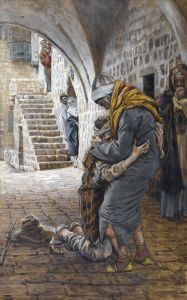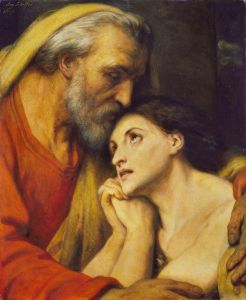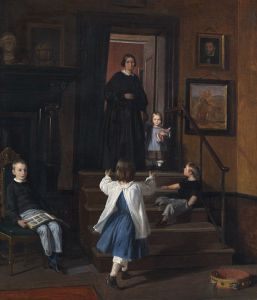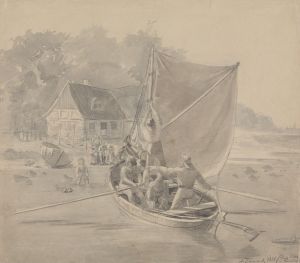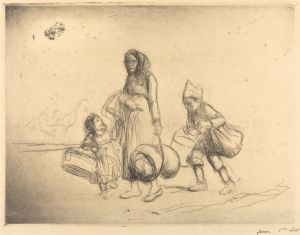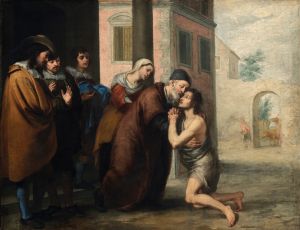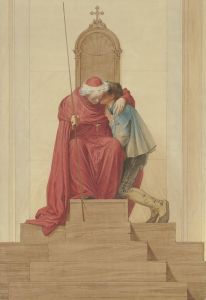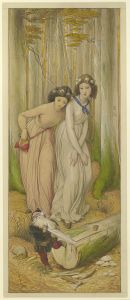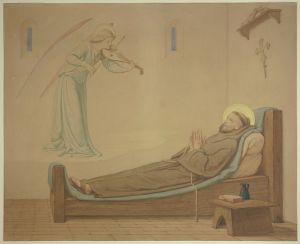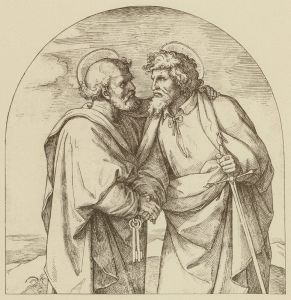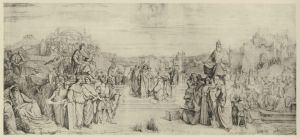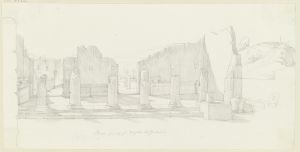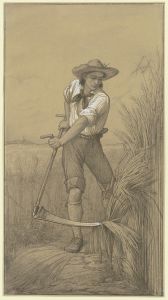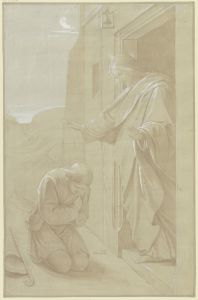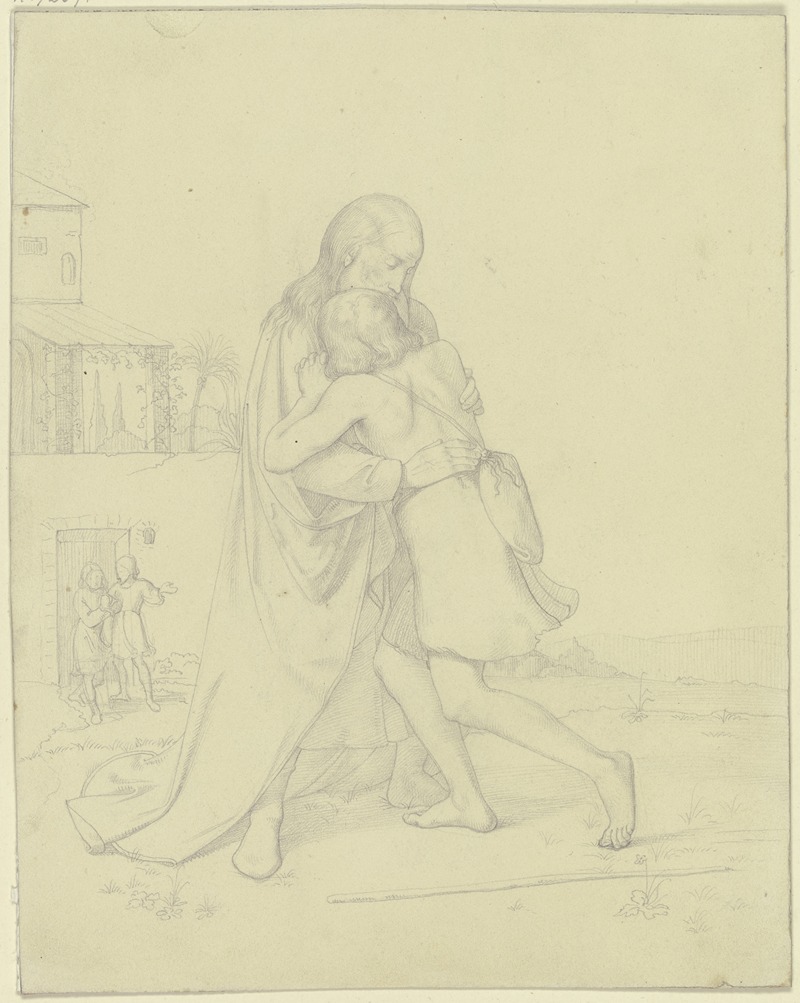
Rückkehr des verlorenen Sohnes
A hand-painted replica of Eduard von Steinle’s masterpiece Rückkehr des verlorenen Sohnes, meticulously crafted by professional artists to capture the true essence of the original. Each piece is created with museum-quality canvas and rare mineral pigments, carefully painted by experienced artists with delicate brushstrokes and rich, layered colors to perfectly recreate the texture of the original artwork. Unlike machine-printed reproductions, this hand-painted version brings the painting to life, infused with the artist’s emotions and skill in every stroke. Whether for personal collection or home decoration, it instantly elevates the artistic atmosphere of any space.
Eduard von Steinle was a prominent 19th-century German painter associated with the Nazarene movement, which sought to revive honesty and spirituality in Christian art. One of his notable works is "Rückkehr des verlorenen Sohnes" (The Return of the Prodigal Son), which illustrates the biblical parable of the prodigal son from the Gospel of Luke in the New Testament.
The painting captures the moment of reconciliation and forgiveness, a central theme of the parable. In the story, a young man demands his inheritance from his father and leaves home to squander it in a distant land. After falling into poverty and despair, he decides to return home, hoping for his father's forgiveness. To his surprise, his father welcomes him back with open arms, celebrating his return with a feast. This narrative is often interpreted as a metaphor for divine mercy and redemption.
Steinle's depiction of this scene is characterized by its emotional depth and attention to detail, reflecting the Nazarene movement's emphasis on religious sincerity and moral storytelling. The painting likely features the father embracing his son, capturing the moment of forgiveness and acceptance. The use of light and shadow in Steinle's work often enhances the emotional impact, drawing the viewer's attention to the central figures and their expressions.
Eduard von Steinle was known for his ability to convey complex emotions and spiritual themes through his art. His works often featured biblical and historical subjects, rendered with a meticulous attention to detail and a deep sense of narrative. As a member of the Nazarene movement, Steinle was influenced by early Renaissance art and sought to infuse his works with a similar sense of devotion and purity.
The Nazarene movement, which originated in the early 19th century, was a group of young German and Austrian artists who aimed to return to the spiritual values and artistic techniques of the Middle Ages and early Renaissance. They rejected the academic art of their time, which they viewed as overly secular and superficial. Instead, they embraced a style characterized by clear lines, vibrant colors, and an emphasis on religious and historical themes.
Steinle's "Rückkehr des verlorenen Sohnes" is a testament to his skill as a storyteller and his commitment to the ideals of the Nazarene movement. Through his art, he sought to inspire viewers to reflect on themes of forgiveness, redemption, and the enduring power of love and compassion.
While specific details about the painting's creation, such as its exact date or current location, may not be readily available, its significance lies in its representation of Steinle's artistic vision and the broader cultural and religious context of the 19th century. The painting remains an example of how art can convey profound moral and spiritual messages, resonating with audiences across time and place.





